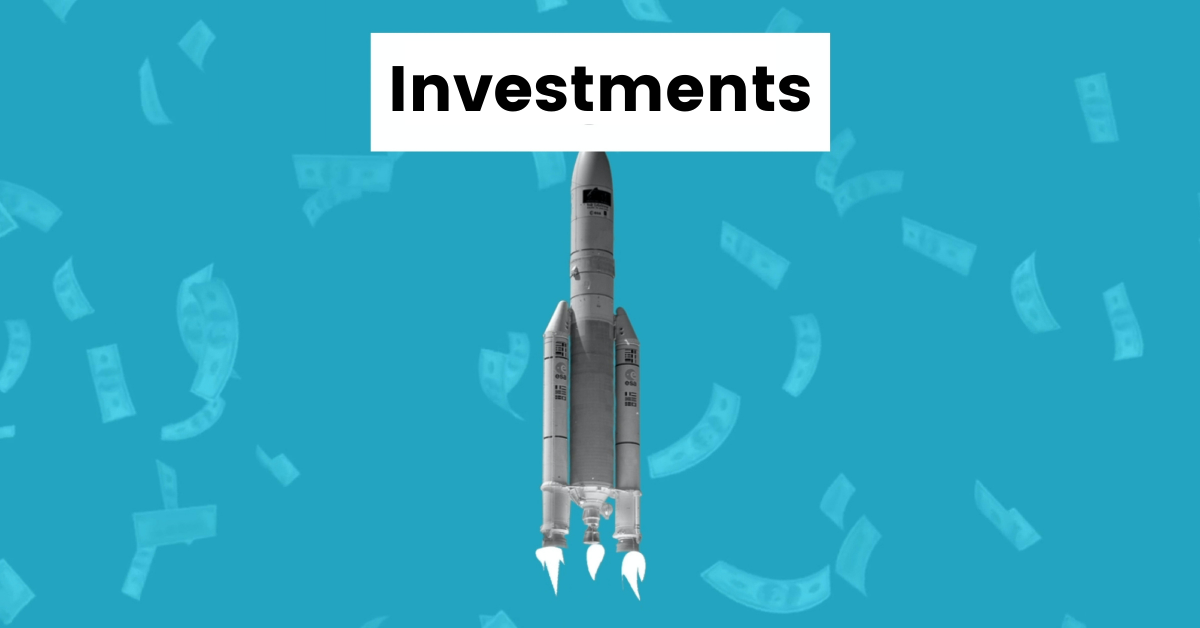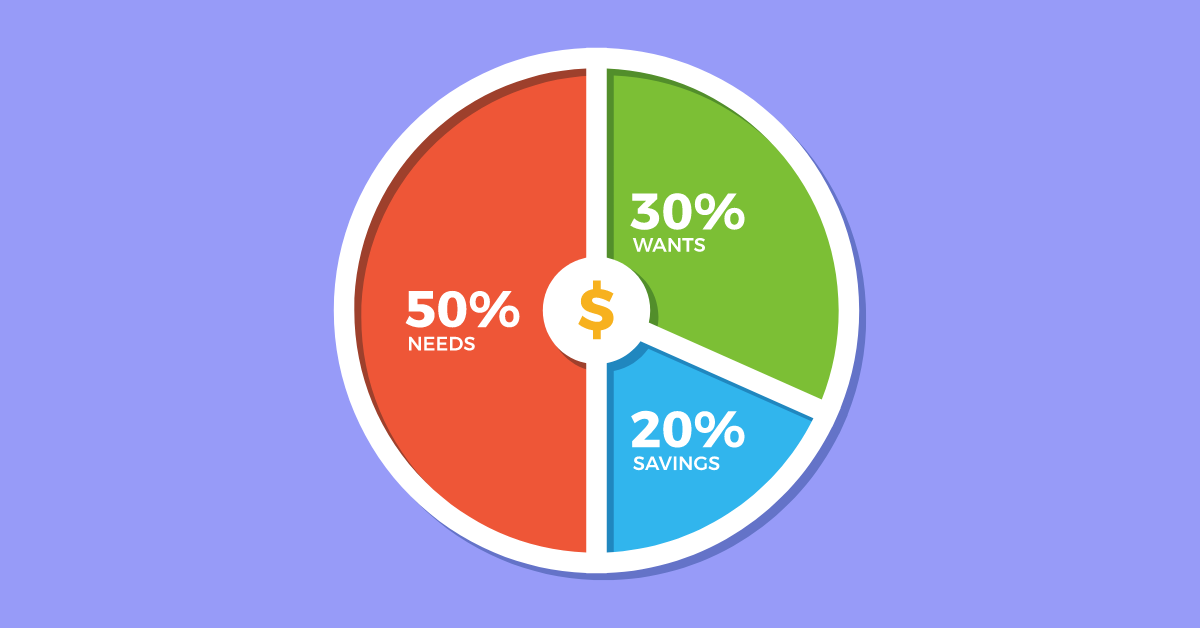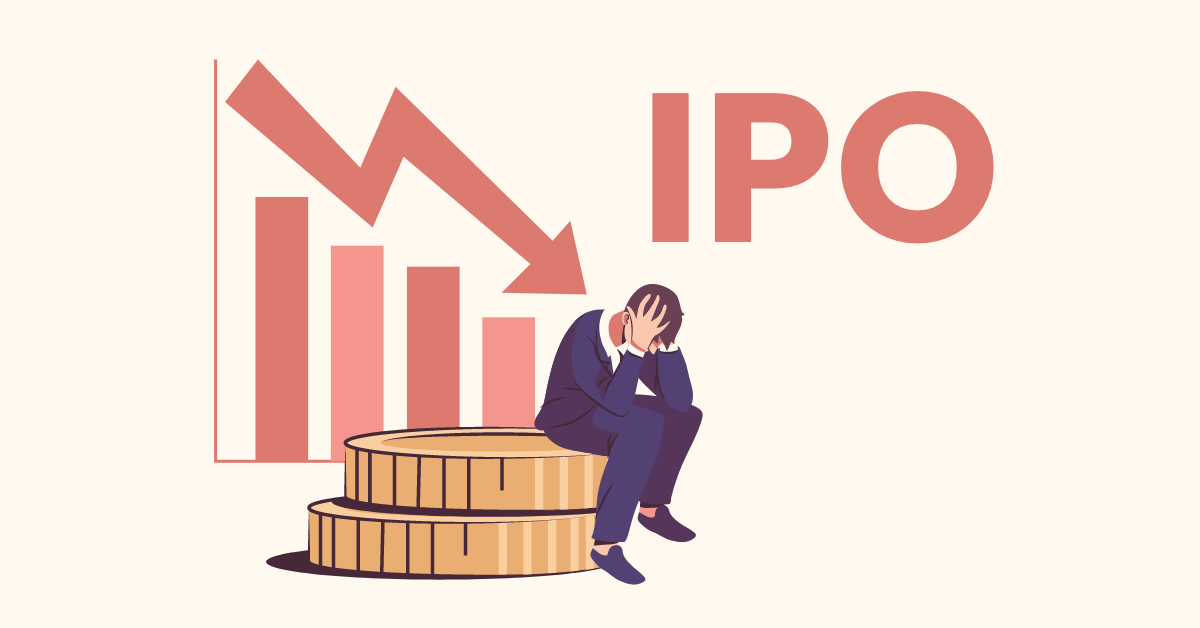Ever noticed the fundamental difference between a Tesla and the cars our parents drove?
At the heart of that revolution (electric vehicles have been around almost as long as regular cars) is hereto unseen harnessing of the power of the computer.
As the world around us has become more complex (along with an incessant need to de-risk), so has the demand on the human operator of machinery such as cars. Said human also has limitations: it gets tired, not all are equally efficient with crunching data, timely/speedy actions, incorrect actions under the influence and sometimes with mala fide intent.
Musk & co have taken the first steps to assist the driver make decisions (or sometimes make those decisions on their behalf) while giving the owner full override control. Autopilot can do this because it can handle more inputs simultaneously than a person (yes, including eyes at the back of its head) and as a continuously learning algorithm which recognises patterns not immediately visible to an individual being and never getting fatigued.
Leaving aside anecdotes, empirical evidence as per Tesla shows (across models S, 3, X, Y) in Q1 2020 there was one accident for every 4.68 million miles with autopilot engaged, minus the Autopilot but with active safety features one for every 1.99 million miles driven and even without either, one accident for every 1.42 million miles driven. This compares exceptionally well with US NHTSA’s most recent data crash every 479,000 miles. And all this while surpassing the performance metrics of supercars.
So, what does this have to do with managing our investments? In an increasingly uncertain world where AA-rated companies are in technical default and their short term debt has no takers, volatility spikes and stock markets in a complete disconnect from economic realities, advisors somewhat in a disarray, today more than ever we need a dispassionate entity which can drive our portfolio in an autopilot mode (we also have other things to do in life), maybe with some safety features built-in or even an alert system which warns us to take corrective action.
Choosing the right computer (system or platform) is important as it should allow us the freedom to choose a bespoke solution or select from an existing bouquet of low-cost, diversified baskets. Ideally, they are independent without ownership linkages to other intermediaries like brokers or banks and act in a fiduciary capacity i.e. exclusively for you.
Such systems have distinct advantages – built-in limits, optimization, and diversification rules can allow you to tailor your risk-return needs as per your investment objectives or life goals.
Transparent, fixed pricing, and no soft dollars (kickbacks or commissions) add to returns.
Digital access (app-based or otherwise) allows rapid moves in or out without any lock-in, applies automatic reallocation or rebalancing with sale proceeds/ earned dividends and securities directly in your bank account or Demat account. This gives us complete control over our investments along with requisite bells and whistles to rapidly execute portfolio changes should inclement personal or economic conditions warrant (as is the case with Covid19 crisis) i.e. much like the good folks at Tesla, a basic autopilot with safety features and a driver override.
Of course, within the system, choosing (or designing) an appropriate portfolio and managing is equally important.
We should endeavour to be diversified enough to protect against downside risk while also considering taxation, implementing tax-loss harvesting, smart rebalancing with allocations reflecting changing personal or market requirements keeping the portfolio always relevant. Stay safe!
First Published : https://www.deccanherald.com/business/put-your-investments-on-autopilot-mode-841497.html


















